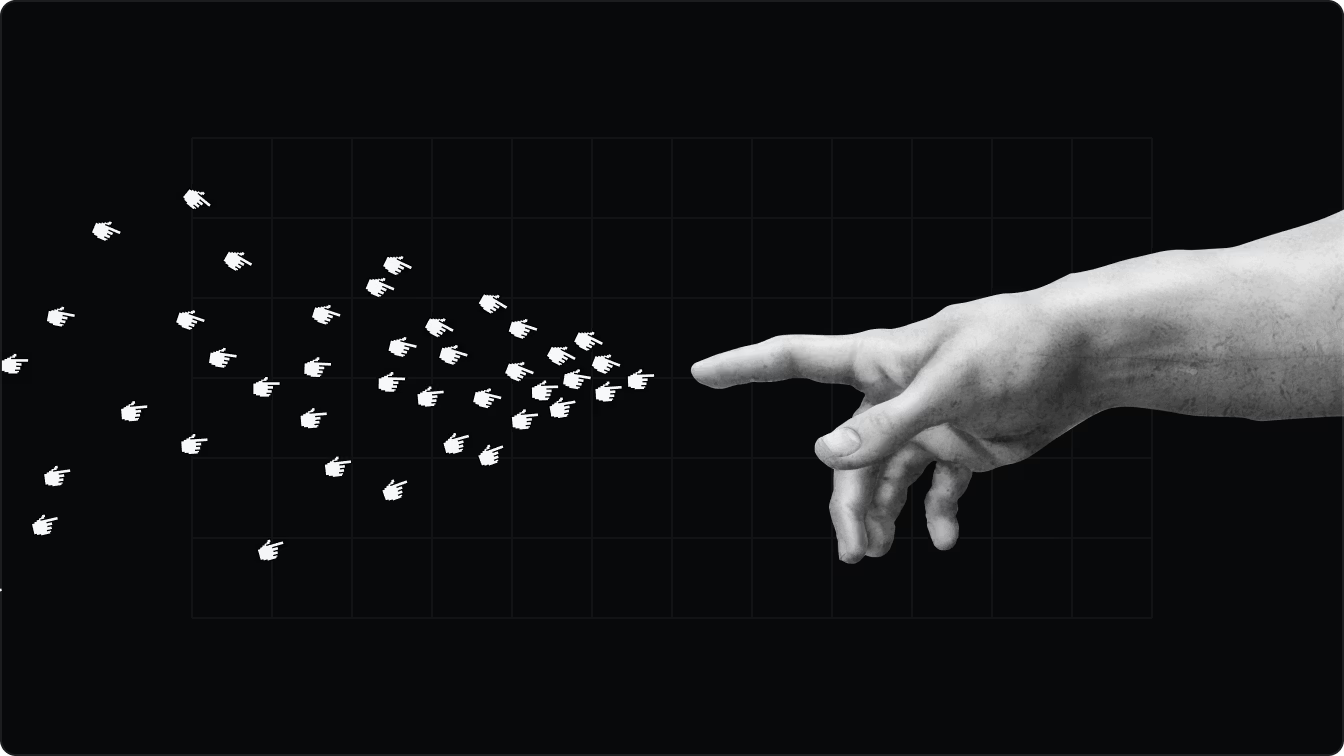
Agent Interaction Guidelines (AIG)
Agents are changing how software is planned, built, reviewed, and deployed. Because agents produce work in abundance, roles and workflows get reshaped. The value shifts to orchestrating input, context engineering, and reviewing output.
This shift demands a new contract for human‑computer interaction. The Agent Interaction Guidelines (AIG) are the foundational, evolving principles and practices for designing agent interactions that integrate more naturally into human workflows.
Principles & practices
An agent should always disclose that it's an agent
When humans and agents work side by side, humans need instant certainty about who they are interacting with. The agent must signal its identity clearly so that it can never be mistaken for a person.
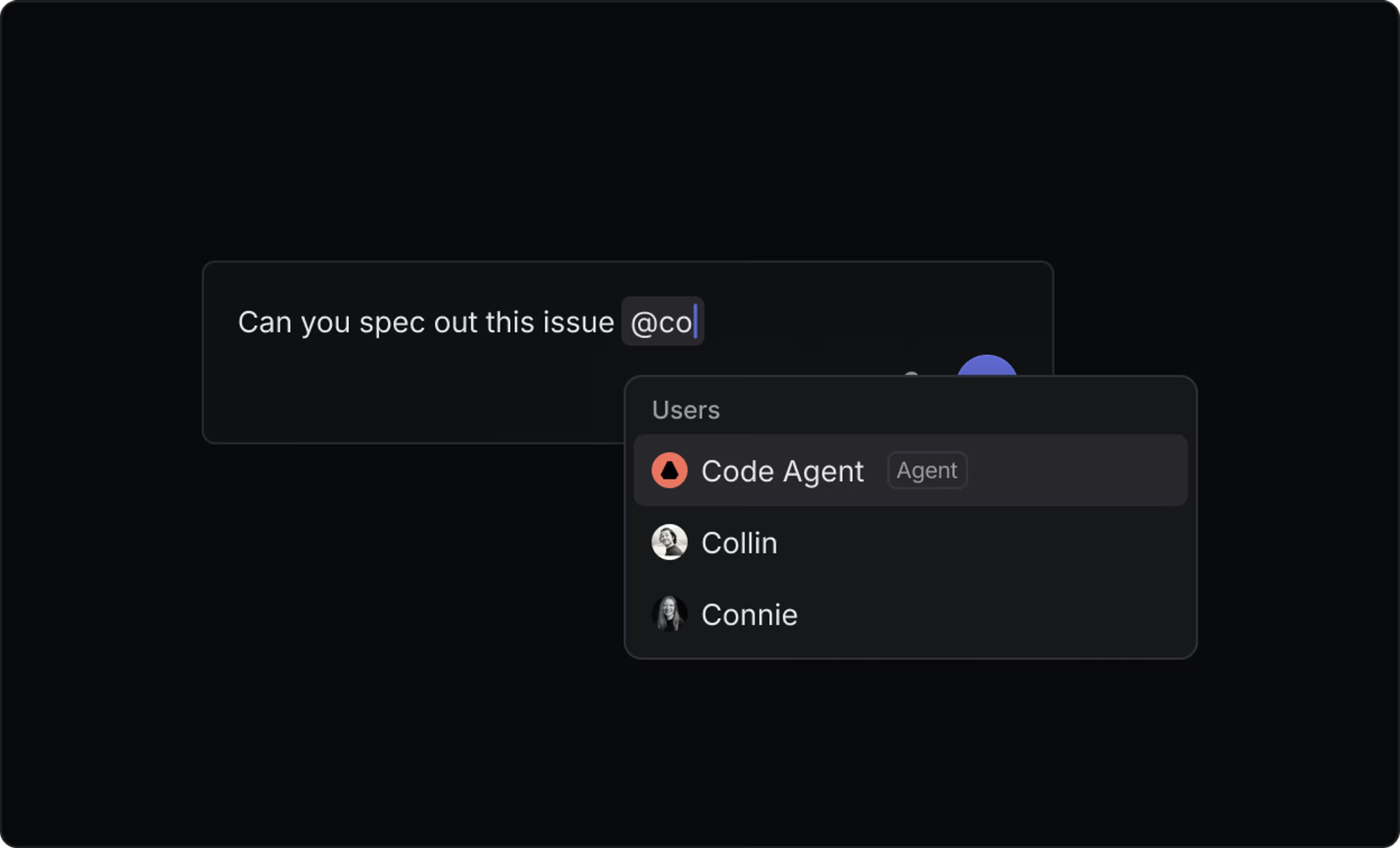
An agent should inhabit the platform natively
By default, agents should be able to work through existing UI patterns and standard actions of the platform they operate in.
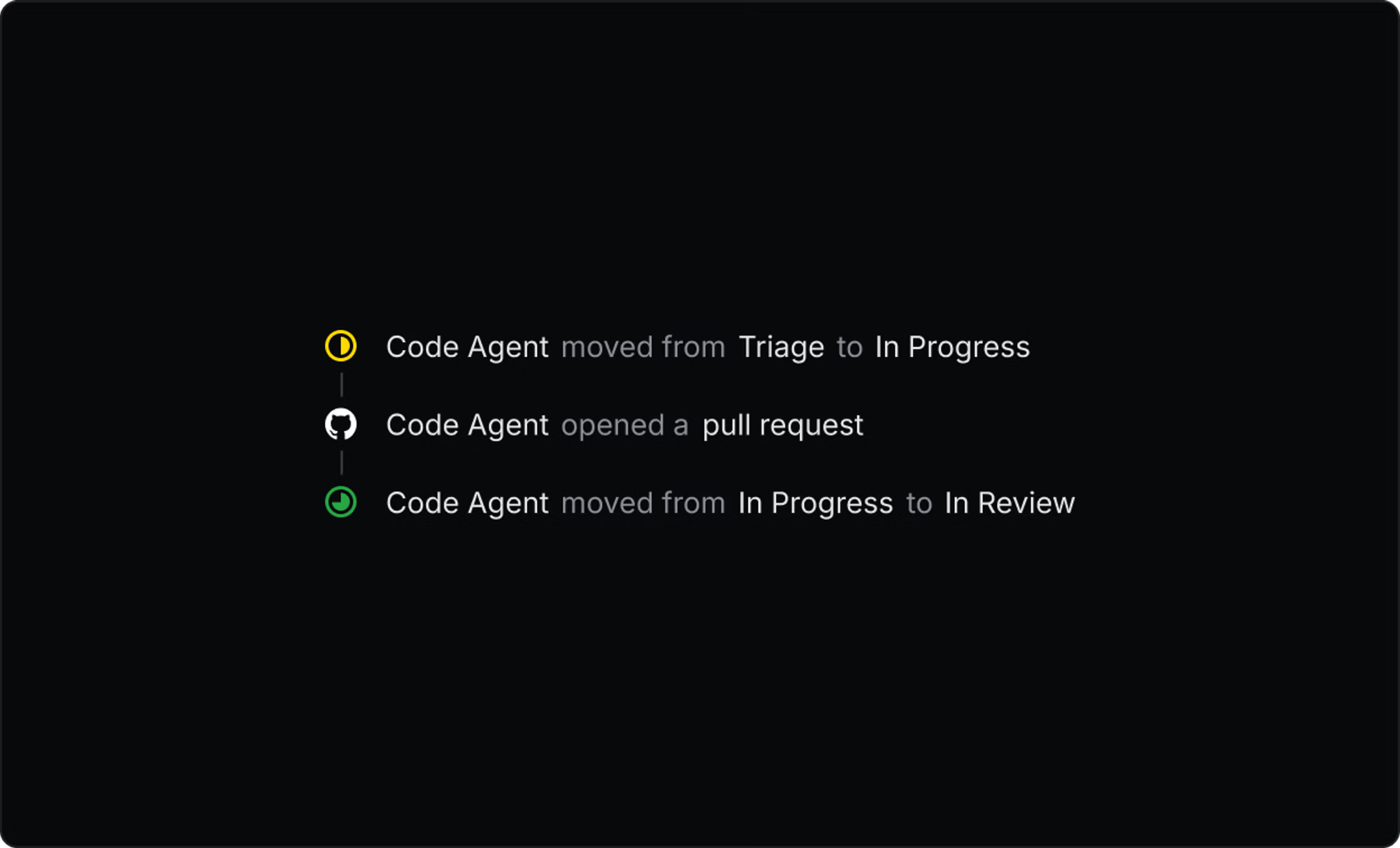
An agent should provide instant feedback
Silence leads to uncertainty. When invoked, an agent should provide immediate, but unobtrusive, feedback to reassure the user it has received a request.
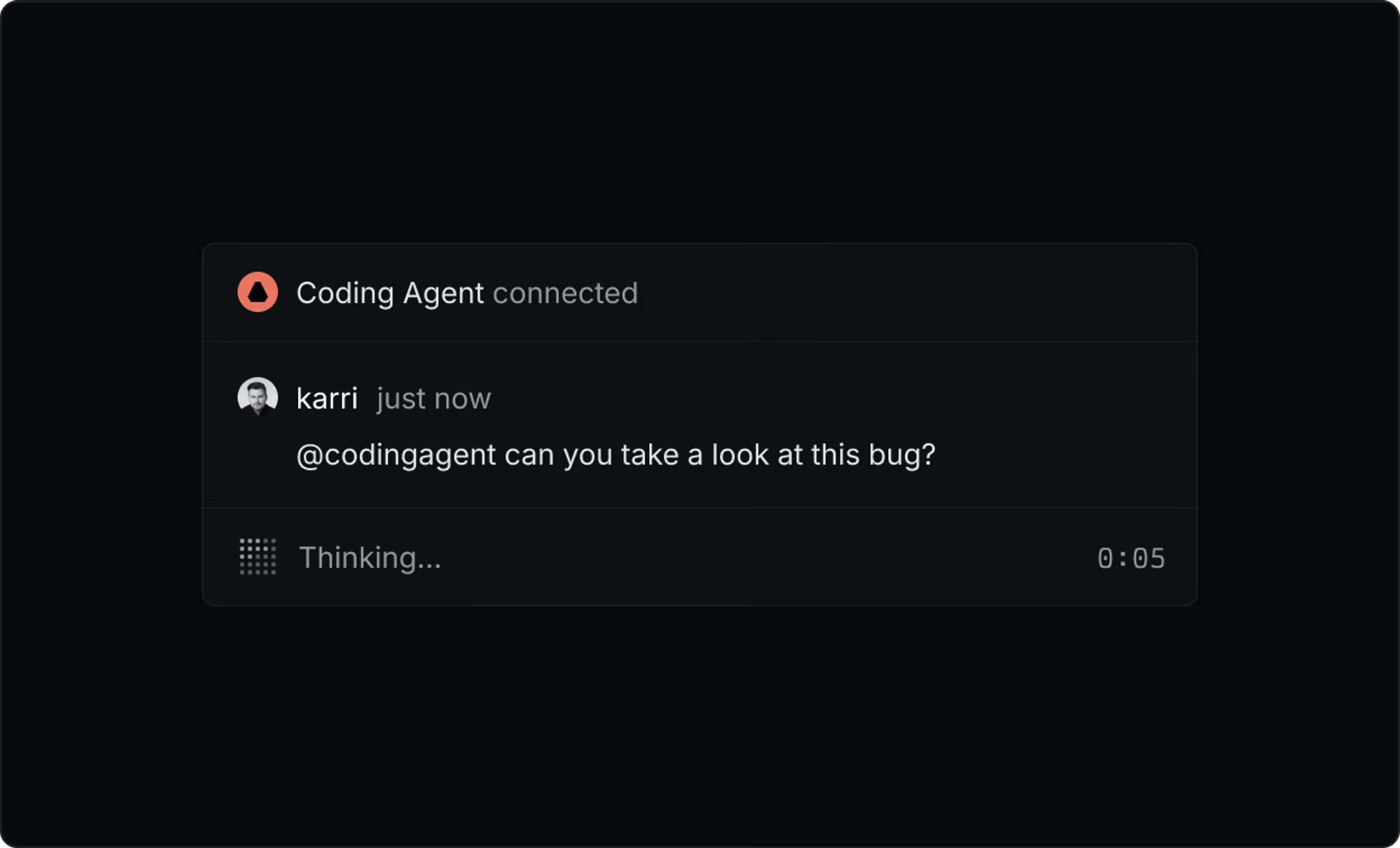
An agent should be clear and transparent about its internal state
Agents should clearly indicate whether they’re thinking, waiting for input, executing, or finished working. Humans should be able to understand what’s happening at a glance and, when needed, inspect the underlying reasoning, tool calls, prompts, and decision logic.
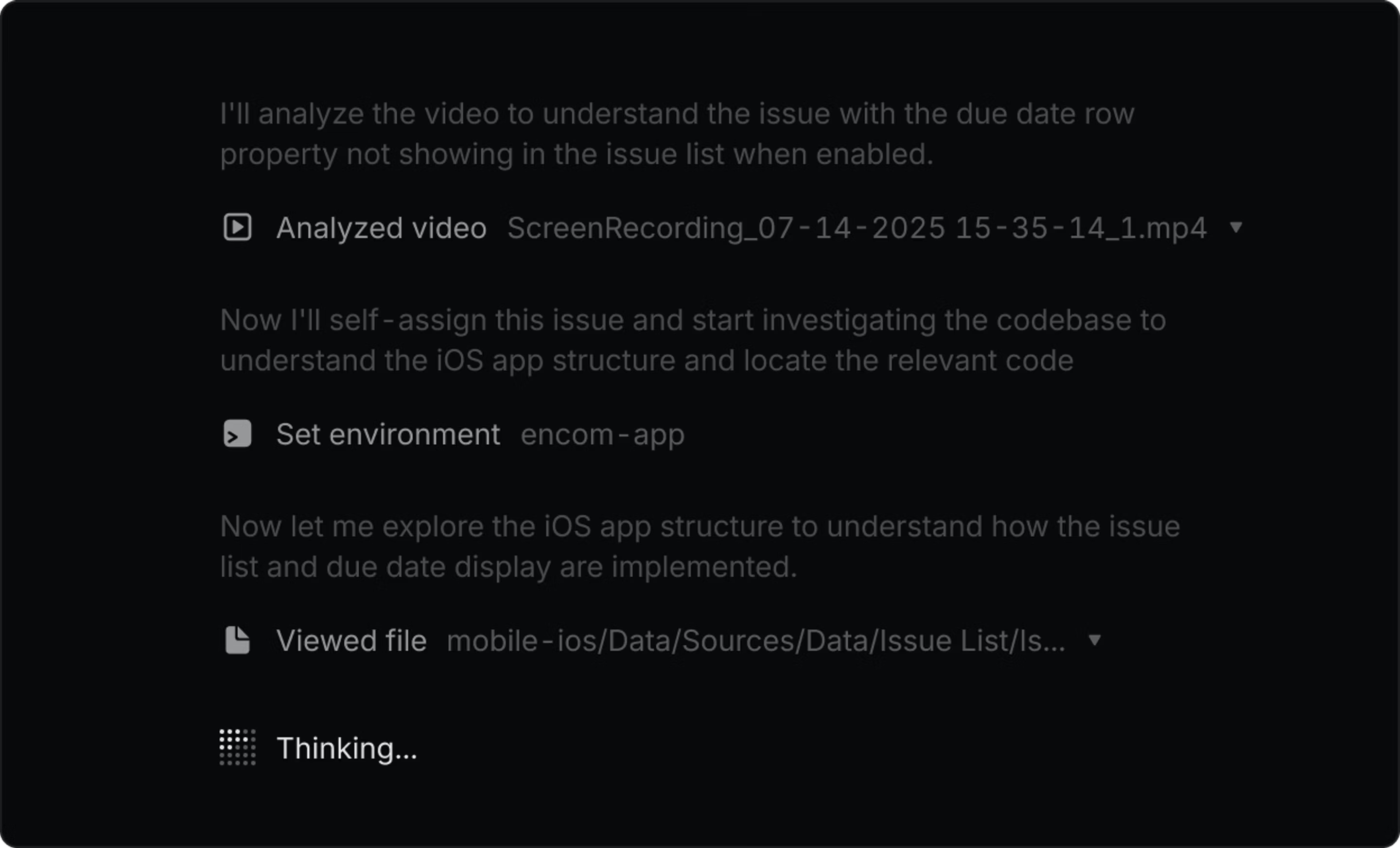
An agent should respect requests to disengage
When asked to disengage, an agent should step back, immediately – and only re-engage once it’s received a clear signal to do so.
An agent cannot be held accountable
There should be a clear delegation model between humans and agents. An agent can carry out tasks, but the final responsibility should always remain with a human.
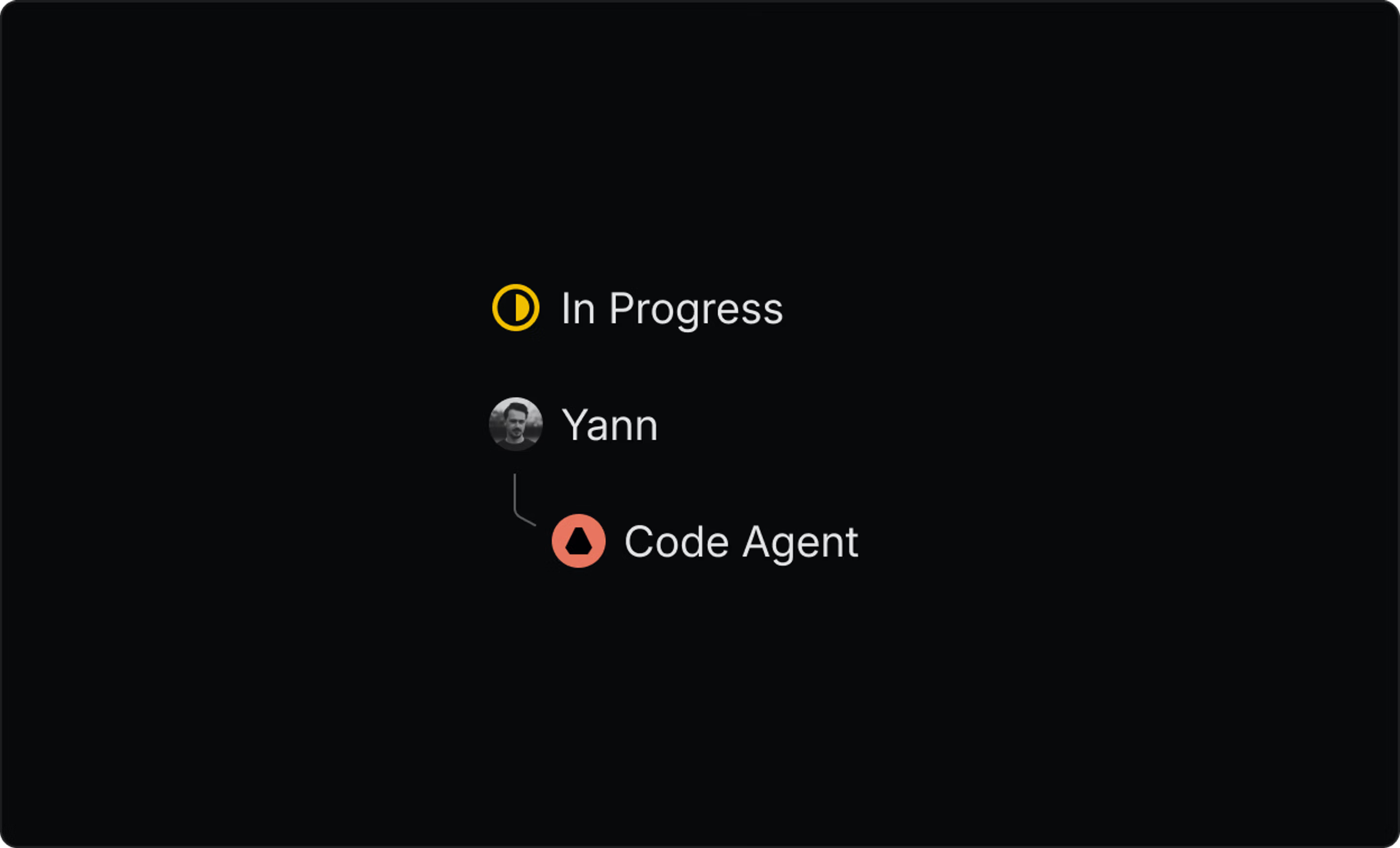
Get involved
The Agent Interaction Guidelines are written with the community in mind. If you’re building agents and thinking through these same challenges, join our Slack community to contribute to the conversation.
This page is a living document and we expect to continually add to it as we learn more in practice.
